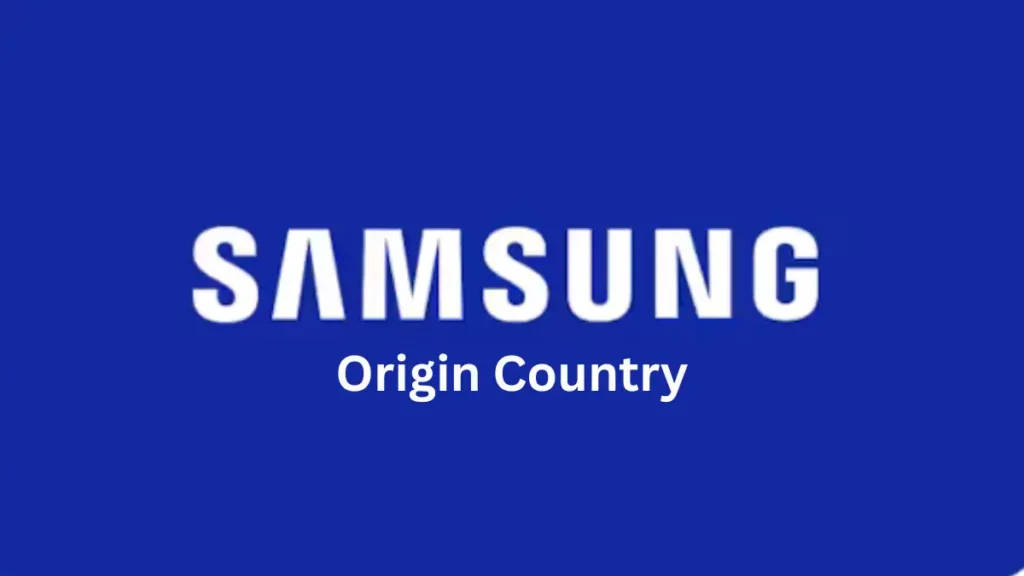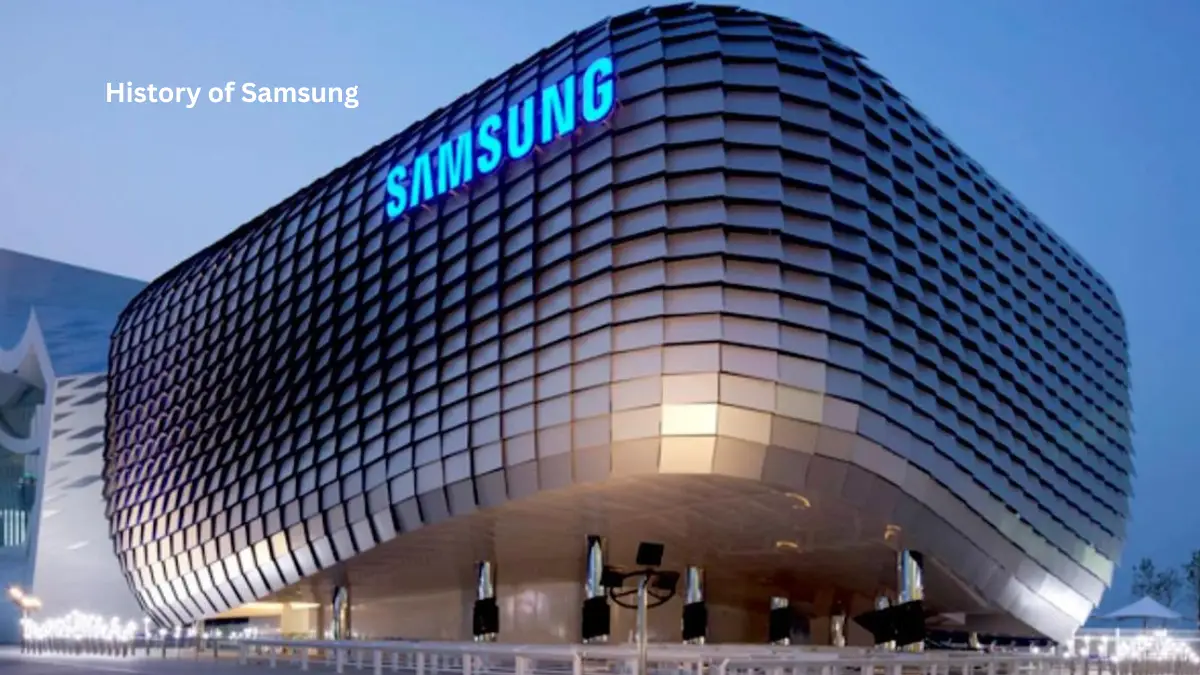Samsung is based in South Korea and began with $25, at 1938. I remember reading this during a late-night rabbit hole about tech giants, and it hit. Today, the average billion-dollar company is built on a cradle filled with millions of dollars in seed capital. Not so for Samsung founder Lee Byung-chul, who, with 30,000 won and 40 employees, sold dried fish and noodles to China from these ventures.
That’s not a typo. Fish and noodles. Not smartphones. Not TVs. Just groceries.
What “Samsung” Actually Means
The name isn’t random corporate speak. In Korean, “Samsung” (삼성) translates to “three stars” – Lee’s vision for something “powerful and everlasting like stars in the sky.” The guy was thinking legacy before legacy became a LinkedIn buzzword.
Breaking it down:
- 삼 (sam) = three → symbolizes “large, plentiful, strong”
- 성 (seong) = star → means “bright, lofty, eternally shining”
It’s the kind of bold naming that either makes you a legend or a meme. Spoiler: Lee became a legend.

The Chaebol System: Korea’s Secret Sauce
Samsung operates under the chaebol structure – South Korea’s unique family-controlled conglomerate model. Think of it as a business empire where one founding family controls dozens of companies through complex ownership webs.
Samsung is the largest chaebol in South Korea, spanning:
- Samsung Electronics (world’s largest IT company by revenue)
- Samsung Heavy Industries (2nd largest shipbuilder globally)
- Samsung Life Insurance (14th largest worldwide)
- Samsung Engineering and Samsung C&T (construction powerhouses)
The Lee family still runs the show. Lee Jae-yong, the founder’s grandson, currently leads the empire after his father’s health issues in 2014.
Samsung’s Grip on South Korea’s Economy
Here’s why this is insane: Samsung makes up about 17-23% of all of South Korea GDP. Read that again. One company. A slice of any economy that is nearly a quarter the size of an entire nation.
Bloomberg Economics said Samsung Electronics will account for about half of South Korea’s growth in the recent quarter, or 1.1 percentage points out of an expected 2.2% pace.
The company is also responsible for about 20 percent of South Korea’s total exports. That’s not just business success. That’s getting to be too big to fail at a national level.
Where Samsung Actually Makes Your Phone
Plot twist: most Samsung phones aren’t made in Samsung’s origin country. The global manufacturing breakdown:
| Location | Production Details |
|---|---|
| Vietnam | 6 factories producing 100M+ devices annually – majority of global supply |
| India | Largest single mobile factory, primarily serving Indian market |
| South Korea | Less than 10% of smartphones, mainly for domestic market |
| Brazil | Serving Latin American markets since 1999 |
| Indonesia | ~800,000 units annually for local market |
Fun fact: Samsung closed its last Chinese factory in 2019. Zero phone production in China now.
The Headquarters: Samsung Digital City
Samsung’s main and central HQ is located in Suwon, South Korea at 129 Samsung-ro, Yeongtong-gu. 35,000 employees work in multiple buildings on the 390-acre campus known as Samsung Digital City, which includes four office towers that are as tall as 38 floors.
Samsung Electronics was founded in Suwon in 1969, initially producing black-and-white TVs. Today it’s mission control to a global tech empire with operations in 76 countries and more than 260,000 employees.
From Three Stars to Global Icon
The evolution of Samsung’s logo reflects the drive of its enterprise. The first had three stars in reference to Korean Hanja characters. In 1993 they introduced the current blue oval – retaining its “three stars” meaning while signalling global aspirations.
That’s the move: respecting your roots while reaching for something larger.
The Bottom Line
The Samsung case proves that national identity and global hegemony are not mutually exclusive. The company, which was founded on March 1, 1938, in Taegu (now Daegu), South Korea — started life as a grocery trader but became a tech titan that quite literally powers its home nation’s economy.
The Lee family still owns the empire. The company’s headquarters is still in South Korea. The chaebol structure holds strong. It began with $25 and dried fish, but now that money is a symbol of how Samsung helped power the “Miracle on the Han River” South Korea’s rise from an impoverished, war-torn country into a global economic powerhouse.
That’s not just a business school case study. And that’s a masterclass in thinking generational when everyone else thinks quarterly.




